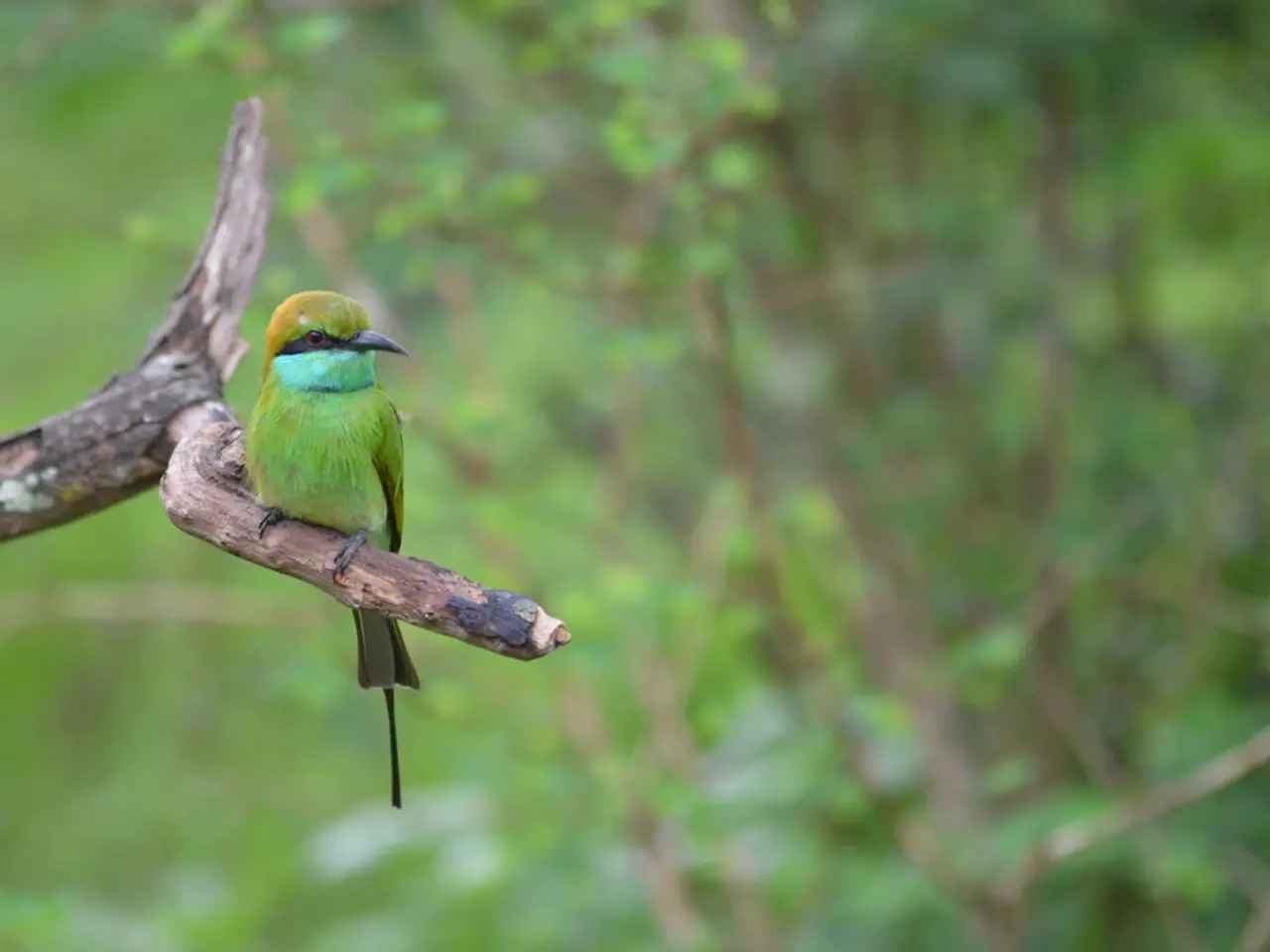Indoor Norfolk Island Pine Maintenance: Essential Guidelines for a Vibrant and Tropical Tree
The Norfolk Island Pine (Araucaria heterophylla) is a popular houseplant known for its distinctive pyramidal shape and evergreen foliage. While it originates from the subtropical Norfolk Island, it can thrive indoors with the right care. Here's a guide to help you nurture your Norfolk Island Pine.
**Light**
Provide bright, indirect light or ideally full sun. A south-facing window is best. The plant can tolerate periods of lower light but may grow leggy if light is insufficient and fertilizer is excessive. Rotate the plant regularly to ensure even growth.
**Water**
Water regularly to keep the soil damp but not soggy. Indoors, you should water every one to two weeks depending on soil dryness. Allow the top layer of soil to dry slightly before watering again. Use tepid water and ensure proper drainage, discarding any excess water after 15 minutes to avoid root rot. Reduce watering frequency in winter to allow the plant a rest while still preventing the soil from drying out completely.
**Temperature**
Ideal temperatures range between 60° to 70°F during the day and 50° to 65°F at night. In winter, lowering the temperature to about 55 to 60°F helps the plant rest. Avoid exposing the plant to temperatures below 35°F or to drying air from vents.
**Humidity**
Norfolk Island Pines prefer relative humidity above 50%. Increase humidity by misting the plant twice daily, placing it on pebble trays with water, or using a humidifier.
**Soil**
Use a porous, sandy, slightly acidic potting mix indoors. Amend soil with peat moss and sand to improve acidity and drainage. Outdoors, they prefer rich, sandy, acidic soil with a pH between 4.5 and 5.5.
**Fertilizer**
Avoid over-fertilizing, especially if light is low, as it can cause leggy growth. Adjust fertilizer depending on growth rate and light availability.
**Pruning**
Minimal pruning is generally needed. Remove any dead or damaged branches to maintain shape and health.
**Propagation**
Propagation is typically done by seed and is more challenging indoors. It requires patience and suitable growing conditions.
**Repotting**
Repot when the plant becomes root-bound or outgrows its container. Use a slightly larger pot with fresh acidic, well-draining soil.
**Planting Outside**
Norfolk Island Pines prefer full sun outdoors and should be planted at least 7-10 meters away from paved surfaces or tall plants to allow room for growth. They thrive in fertile, well-draining soil; if planting in poor soil, improve the hole with mulch, perlite, and worm castings. They are more suited to outdoor planting in mild climates where temperatures stay above freezing.
In summary, Norfolk Island Pines indoors require bright light, consistent moisture without waterlogging, moderate temperatures with higher humidity, and well-draining acidic soil. They adapt better outdoors in full sun with room to grow but can be kept indoors with attentive care. The ideal time to plant Norfolk Island Pine is in spring or fall. Norfolk Island Pines require humid air for optimal growth and are hardy in zones 9-11. They prefer well-draining soil with high organic content. Excellent drainage is essential for Norfolk Island Pine's soil, and they can grow up to 8-10 feet tall indoors. Pruning Norfolk pines is not generally necessary, but dead, broken, or damaged branches should be removed. The preferred soil for Norfolk Island Pine is sandy, peaty, and slightly acidic. Norfolk Island Pine can be propagated by seed and should be repotted annually or at least every 2-4 years, using a slightly larger container and fertile, porous, well-drained potting soil. Browning on the bottom branches of Norfolk Island Pine may indicate it needs water, but browning high on the plant or all over could mean overwatering, underwatering, or lack of humidity.
Adopting a suitable lifestyle for a Norfolk Island Pine owner may involve providing a well-lit home environment, such as a sunny room, to simulate its naturally bright and indirect light preferences. Additionally, tending to your Norfolk Island Pine as if it were part of your home-and-garden, by maintaining the right humidity and soil conditions, will help ensure its healthy growth and lifelong beauty through gardening care.







